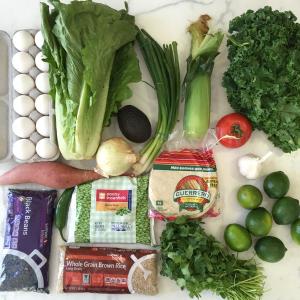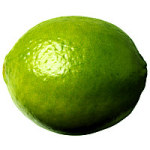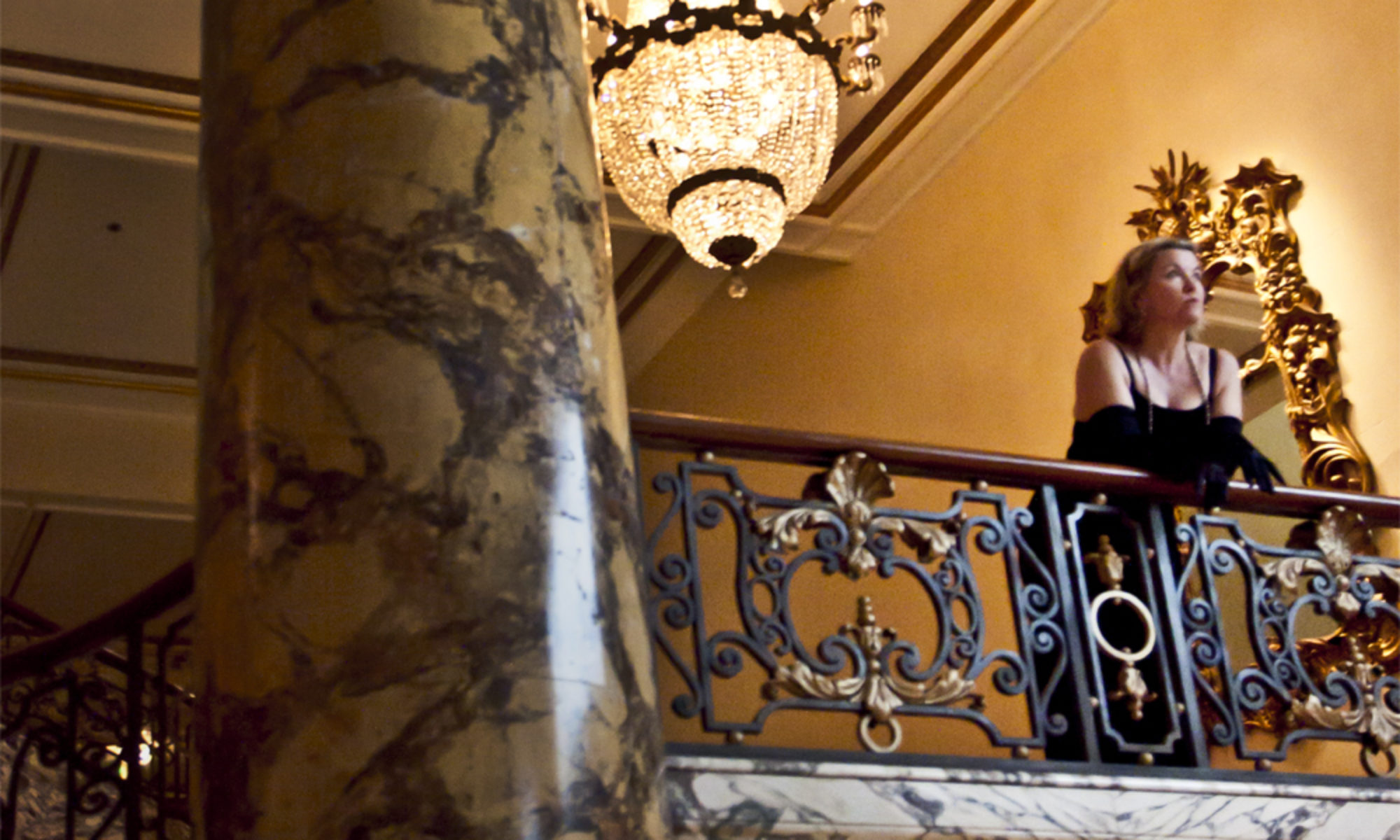
This is what a week’s worth of groceries for one person looks like, if you’re Gwyneth Paltrow on food stamps. She’s not on food stamps, but has attempted the one-week Food Stamp Challenge. My longtime readers know I did the June Food Stamp Challenge* in June of 2010 — 30 days of the food stamp budget for my family of 5. That ended up being about $450 for the month, and we made it — barely. The budget averaged to about $25 per person, and half that for our son who was with us only half the time that summer. (Read more here about my JFSC, all 30 days.)
We were hungry throughout, more so by the end, and came up against a number of hardships we didn’t know would trip us up. Questions like, what if one of the family doesn’t play by the rules? What if you burn the dinner? What if you’re invited to an outing with food and you have to bring something? What if you want to have a party? What if someone veers dramatically off the budget by cooking a gourmet meal? What if your pet suddenly needs special food? How do you deal with the sneers of people waiting on you or behind you in line? I am pretty sure Gwyneth doesn’t ever grapple with questions like that. Other celebs and personalities taking the challenge, including Barbara Lee, my congresswoman, and Corey Booker, mayor of Newark, NJ, have done better.
Props to anyone who tries the challenge. Living on a low food budget isn’t easy, and I do commend Gwyneth for trying it. But her choices? Not quite. I suspect she shopped at Whole Foods or whatever chichi grocery store is near her, instead of haunting the sale papers looking for BOGOs at Safeway. Bet she never set foot in the Dollar Store, either. But here — I’ll make seven points about what works and what doesn’t in her grocery bag.

More luxury items on the list? Garlic and green onions. My friend Sang Kim says in Korean cooking, green onions are essential. The only time I’d get green onions was when my bulb onion started to sprout. And avocados? Please. Hard to get them for under $2, or 4 in a bag for $5, without the option of buying them separately. I don’t have $5 in my mythical $29 budget to spare on just one piece of delicious fruit. Avocados are good and good for you, but that’s one meal, maybe. Or a small part of two meals. Seven days means three squares = 21 meals. That’s a lot of meals. A lot.


Eggs are fantastic: a complete protein, easy to cook, boil to take along, mix into other dishes. But the FS recipient isn’t buying free-range, organic-vegan-fed happy eggs. Nope. These are the $1.79 white factory farmed eggs. Because it’s hard to give a crap about the chickens when you are hungry. Caring and being able to afford “happy” meat and eggs and milk are definitely a luxury, a privilege that not everyone can afford.
A lot of people slagged on Gwyneth for buying one tomato, one pepper, one ear of corn, one sweet potato, but I’m cool with that (remember she was buying for one person, not a family). In summer, when corn is in season and cheap? 20 cents for one ear. No problem there. In winter, when it’s shipped from Chile? $1 an ear or more. Hot peppers are generally so cheap that a few can add a big pop to your meal and not break the bank; however, for me, those go up with the garlic and cilantro and avocado. Didn’t buy them. The tomatoes are delicious, but instead of the on-the-vine organics I buy now, I would buy Roma tomatoes or whatever was cheapest by the pound. Eaten fresh or tossed into soup or eggs, tomatoes are good; even better when in season and cheap. The greens are good, too, though I find that kale has stringy stems, and Swiss chard or bok choy can turn into two vegetables if you use the stems in one meal (stir fry or replacing celery) and the greens in another. Frozen peas? Another frugal pick.
What’s missing for me is a whole chicken or a bag/package of chicken, especially leg quarters or even wings. Some kind of chicken with bones makes two meals. First, the meat, and second, the bones to make broth for soup. A whole chicken, on sale, could be $5-$7, but that could make as many as 4-5 meals for one person. My friend Max Wong even fed two on one chicken for seven days. A chub of frozen ground turkey or chicken is another cheap find that can turn into meatballs, burgers, etc. Less than $5, too. I would have added a bag of bruised bananas, if I could find them, and a bag of carrots (or loose, depending on the price per pound) for snacks and extra vitamins. A chunk of cheddar or jack cheese would be nice, too, if there’s money for it. And a box of tea bags…Iced or hot, tea got me through many broke-ass times.
Poor Gwyneth (irony intended) may never really get it, since she was raised with money and has never had a hungry day in her life. When you have to make every penny scream for mercy, then you can see why she got spanked by the internet. Living a little bit hungry is good for your soul once in a while. But making it easier for families to eat good food would be a far better way to feed our souls.
*Note: My month-long series on the June Food Stamp Challenge won the award for Best Multimedia piece in 2011 from the SF/East Bay Press Club.
